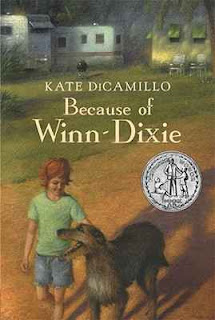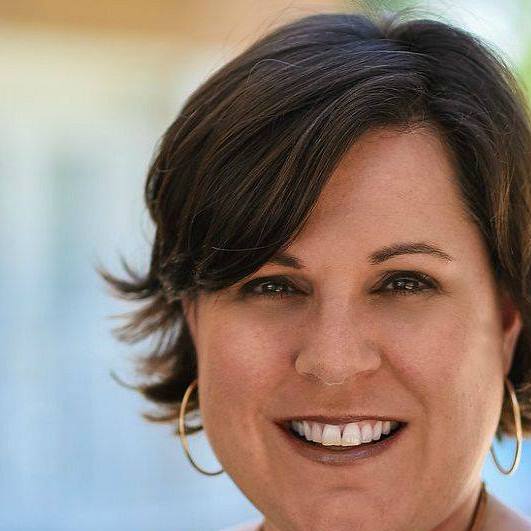When Andy was nineteen years old, his mother died of cancer. Shortly after his mother’s death, his father died in a car accident. Through a series of events, Andy found himself alone and living under a bridge in Orange Beach, Alabama. Frustrated and hopeless, Andy began asking the question “Does life just happen, or are there choices we can make that change the course of our future?” His search for the answer to this question took him to the library.
Andrews read over 200 biographies of successful people, people who had excelled in their own particular field. He began to see a pattern of seven principles that all of these successful people demonstrated. Out of those seven principles came the best-selling book The Traveler’s Gift, which would catapult him into recognition.
I began to meditate on his having read over 200 biographies. That’s a lot of books. I have tried for several years to read 100 books every year. I never, ever reached that goal, so the last couple of years I have trimmed down my goal to 52 books in 52 weeks. Even that is a stretch. So how in the world can a person read over 200 biographies? And if I were to add biographies to my line-up of books, how much could I learn about principles of success as well.

 r
r











